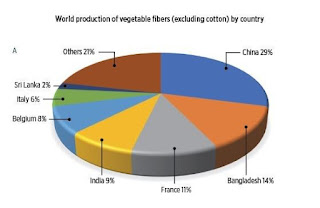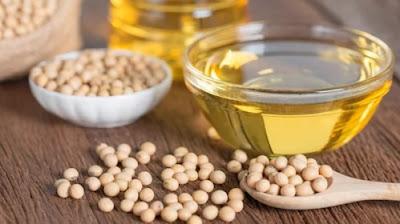BactiBlock to Exhibit Antimicrobial Additives at Foam Expo 2021

BactiBlock will be present as an exhibitor at the Foam Expo Europe fair, which will take place from November 9 to 11 in Stuttgart. The BactiBlock team is looking forward to meeting with its current and potential clients again to continue launching new projects and discovering applications. Application in Various Sectors BactiBlock additives, in their two technologies (clay base and polyphosphate base), have demonstrated the durability of their antimicrobial properties in different polymers, which have been subjected to accelerated aging treatments by humidity and UV light. Among many other applications, BactiBlock antimicrobial additives can be applied in various types of polymeric foams, used in innumerable applications. Some of the sectors in which our current clients are applying their foams are the medical sector, the automotive sector, the furniture sector, the production of sports equipment, etc. Foam Expo Europe is the most important event in the foam industry in Europe, bringin




